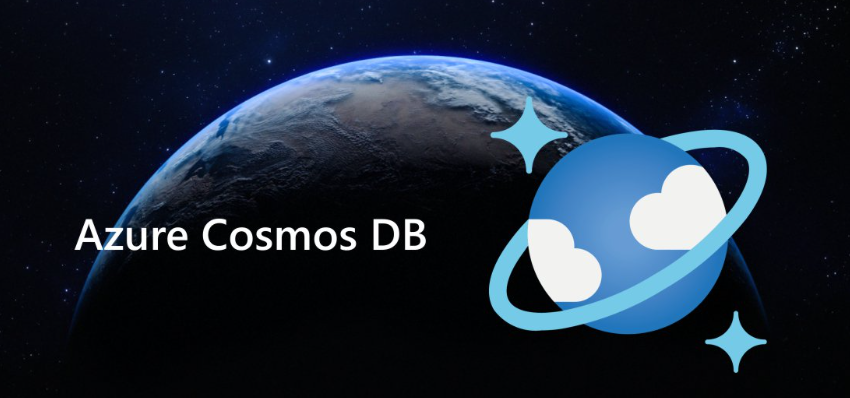From where I stand, the decision between Cosmos DB and a traditional SQL database often wants to be chosen between a sports car and a reliable sedan. Both will get you where you need to go, but the experience, trade-offs, and underlying engineering philosophies are worlds apart. In this post, I want to walk through why I lean one way in some projects and the other way in different contexts, weaving in lessons I’ve picked up along the way.
Embracing the No-SQL Mindset
Cosmos DB isn’t just a database, it’s a distributed, multi-model platform that challenges you to think differently about data. When I first started experimenting with it, I was drawn to the global distribution capabilities. The idea of replicating data across multiple Azure regions with a click, tuning consistency levels on the fly, and paying only for the throughput I consumed felt like the future knocking at my door. That said, adopting Cosmos DB forces you into a schema-on-read approach. You trade rigid structure for flexibility, and if you’re coming from decades of normalized tables and stored procedures, which can be unsettling.
The Comfort of Relational Rigor
Traditional SQL databases are, quite frankly, the comfort blanket for most application teams. There’s something deeply reassuring about defining your tables, constraints, and relationships up front. When I build a core financial or inventory system complex joins are non-negotiable, I default to a relational engine every time. I know exactly how transactions behave, how indexing strategies will play out, and how to debug a long-running query without a steep learning curve. In these scenarios, the confidence of relational rigor outweighs the allure of elastic scalability.
Scaling Horizontally vs. Vertically
Cosmos DB’s horizontal scale is its headline feature. When I needed to support spikes of tens of thousands of writes per second across geographies, traditional SQL began to buckle under stretching vertical resources. By contrast, Cosmos DB let me add partitions and distribute load with minimal fuss. But there’s another side: if your workload is more moderate and your peak traffic predictable, the overhead of partition key design and distributed consistency might not justify the gain. In practice, I’ve seen teams overengineer for scale they never hit, adding complexity instead of value.
Consistency and Developer Experience
I’ll admit I’m a stickler for transactional integrity. Having user accounts mysteriously uncoordinated or orphaned child records drives me up the wall. Traditional SQL’s transactional model makes it easy to reason about “all or nothing.” Cosmos DB, by contrast, offers a spectrum of consistency, from eventual to strong, and each step has implications for performance and cost. In projects where eventual consistency is acceptable, think analytics dashboards or session stores, I’m happy to embrace the lower latency and higher availability. But when money, medical records, or inventory counts are at stake, I usually revert to the unwavering promise of relational transactions.
Tipping the Cost Scales
Cost is rarely the shining headline in any technology evaluation, yet it becomes a deal-breaker faster than anything else. With Cosmos DB, you’re billed for provisioned throughput and storage, regardless of how evenly you use it. In a high-traffic, unpredictable environment, elasticity pays dividends. In stable workloads, though, traditional SQL, especially in cloud-managed flavors, often comes in with a simpler, more predictable pricing model. I’ve sat in budget reviews where Cosmos DB’s cost projections sent executives scrambling, only to settle back on a tried-and-true relational cluster.
Real-World Trade-Offs
I once was part of a project for a global entity that needed real-time inventory sync across ten regions. Cosmos DB’s replication and multi-master writes were a godsend. We delivered a seamless “buy online, pick up anywhere” experience that translated directly into sales. By contrast, another entity wanted a compliance-heavy reporting system with complex financial calculations. Cosmos DB could have handled the volume, but the mental overhead of mapping relational joins into a document model and ensuring strict consistency ultimately made traditional SQL the clear winner.
Ultimate Yates Takeaway – Finding Your North Star
At the end of the day, the right choice comes back to this: what problem are you solving? If your initiative demands a massive, global scale with flexible schemas and you can live with tunable consistency, Cosmos DB will give you a playground that few relational engines can match. If your application revolves around structured data, complex transactions, and familiar tooling, a traditional SQL database is the anchor you need.
I’ve found that the best teams pick the one that aligns with their domain, their tolerance for operational complexity, and their budgetary guardrails. And sometimes the most pragmatic answer is to use both, leveraging each for what it does best.
If you’re itching to dig deeper, you might explore latency benchmarks between strong and eventual consistency, prototype a hybrid architecture, or even run a proof-of-concept that pits both databases head-to-head on your real workload. After all, the fastest way to answer is often to let your own data drive the decision. What’s your next step?
